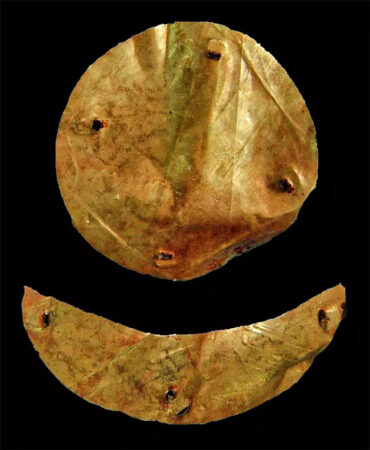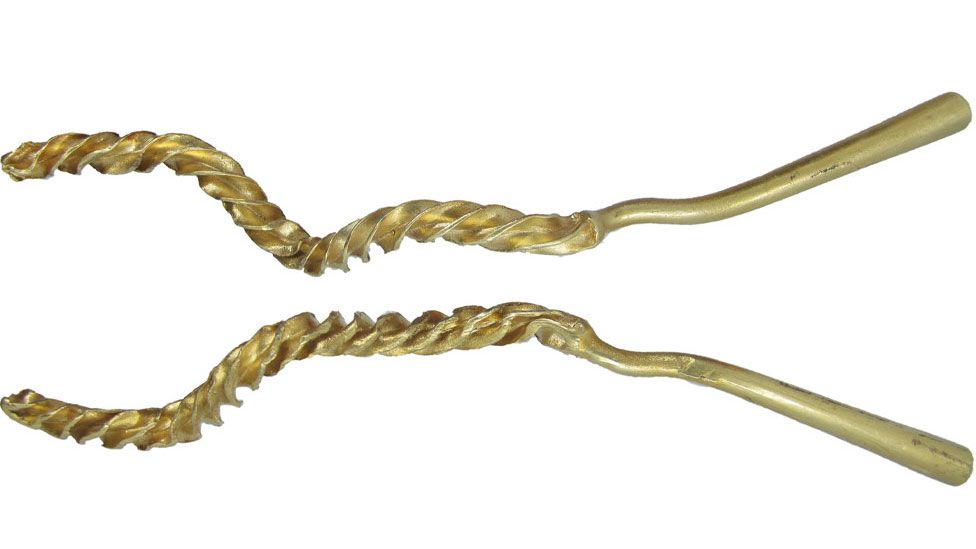Bronze Age craftspeople tempered steel more than 1,000 years before the Romans did it
Intricate 2,900-year-old engravings on stone monuments from what is now Portugal in the Iberian Peninsula could only have been made using steel instruments, archaeologists have found. The discovery hints at small-scale steel production during the Final Bronze Age, a century before the practice became widespread in
ancient Rome.
The 5-foot-tall (1.5 meters) rock pillars, or stelae, are made of silicate quartz sandstone and feature carvings of human and animal figures, weapons, ornaments and chariots.
"This is an extremely hard rock that cannot be worked with bronze or stone tools,"
Ralph Araque Gonzalez, an archaeologist at the University of Freiburg in Germany and lead author of a new study describing the findings, said. "The people of the Final Bronze Age in Iberia were capable of tempering steel. Otherwise they would not have been able to work the pillars."
Tempering is the process of heat-treating steel to make it harder and more resistant to fracturing.
The team also analyzed an "astoundingly well preserved" iron chisel that dates to around 900 B.C. and was unearthed in the early 2000s from a site called Rocha do Vigio in Portugal. Not only did the chisel contain enough carbon to be considered steel (more than 0.30%), but the researchers also found iron mineralization within the settlement site, suggesting that craftspeople may have sourced the material locally.
The researchers worked with a professional stonemason to imitate the ancient engravings with tools made from different materials, including bronze, stone and a tempered steel replica of the 2,900-year-old chisel.
The steel instrument was the only one able to carve the rock, according to the study. A blacksmith had to sharpen it every five minutes, however, which suggests craftspeople from the Final Bronze Age knew how to make
carbon-rich, hardened steel.
https://www.livescience.com/bronze-...more-than-1000-years-before-the-romans-did-it
maximus otter






